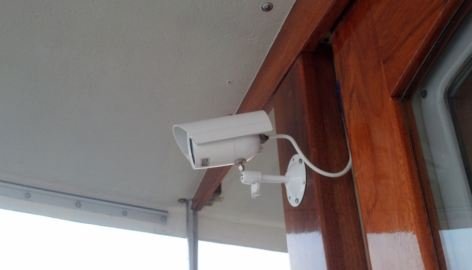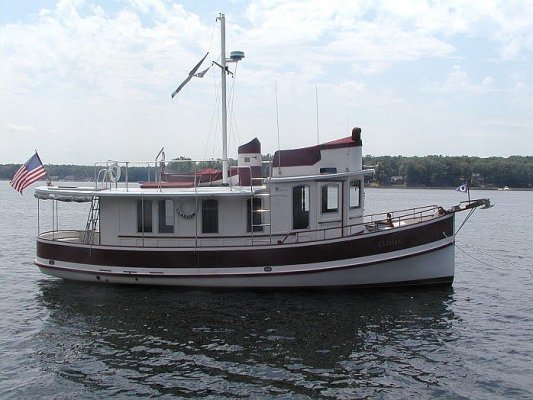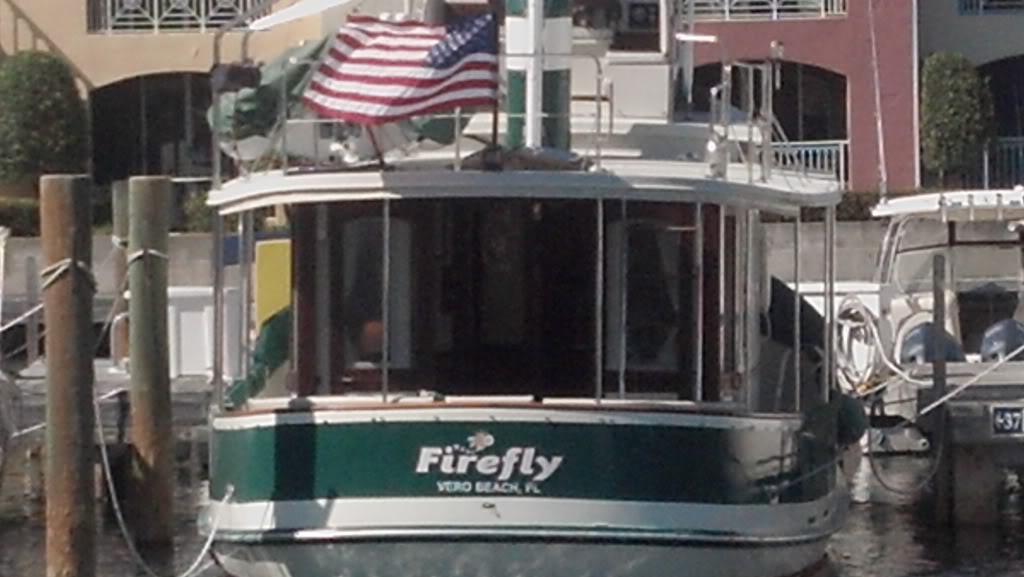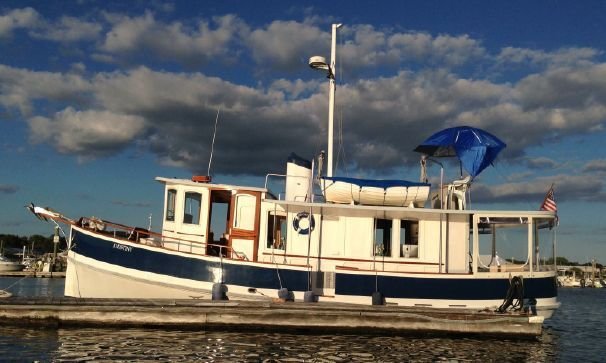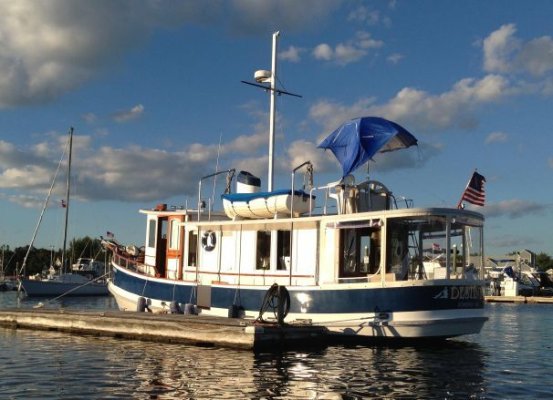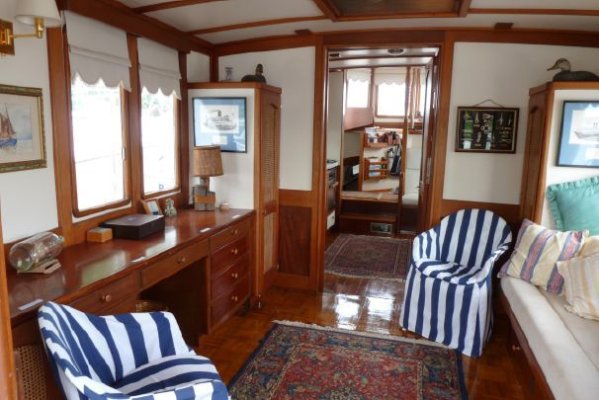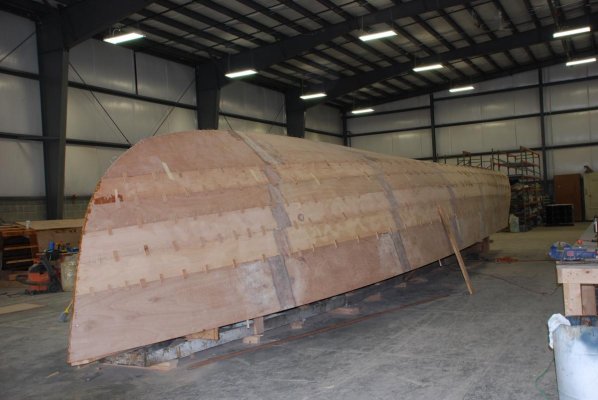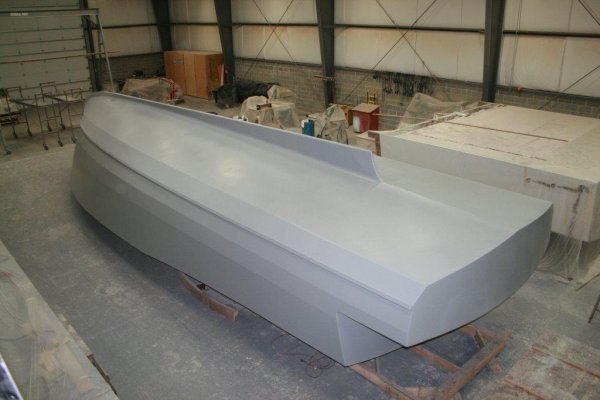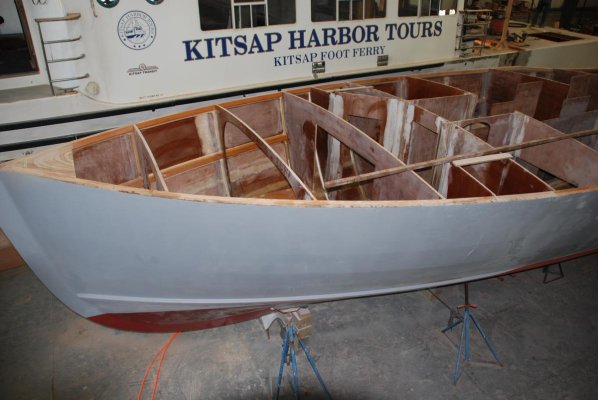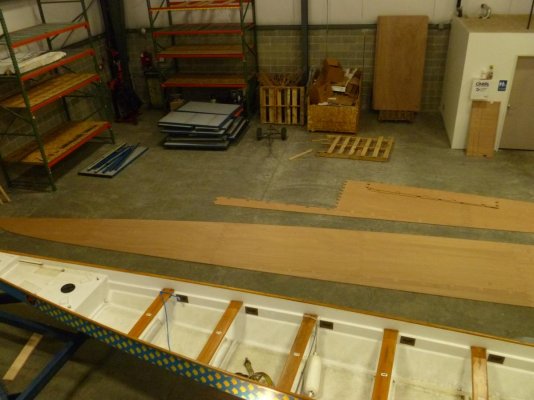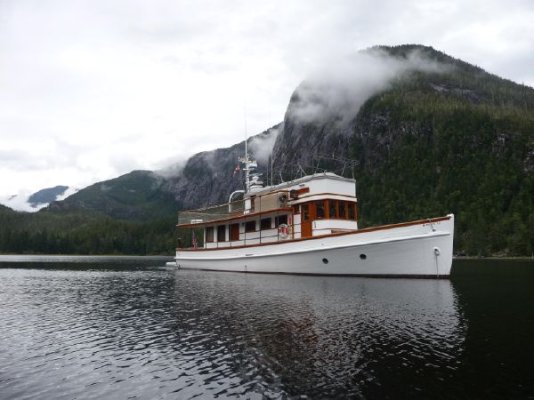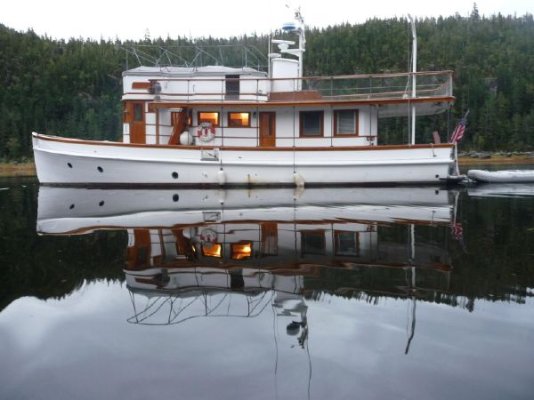Regarding a computer cut kit. This fast build route will need you to source another couple of other things too.
1) A company with a C.N.C plasma cutter with a cutting table of around 20ft x 10ft. Some kit parts are 20ft long. The company will need to cut to an accuracy of plus or minus 1/8th inch over 20ft. Not a problem but get them to state this in your contract! They will need to be able to number them as per the drawings as each part has it's own location. When you have identified possible companies we will send rough D.X.F drawings to them on your behalf for quotation purposes. When you have chosen your company we will send them precise D.X.F files.
The company will need to 'nest' these parts on the sheet sizes they have available.
After plasma cutting (if needed) cross check measurements from a cut piece of steel can be made against the computer dimensions. These kits are tried and tested and fit together extremely well. We guarantee this so long as the parts are cut accurately!
2) Plate handling- best with a forklift or overhead gantry! Long, thin, heavy plates need handling without kinking. Plate grabs, and pullers will also be needed. Are you using MIG? Recommend MIG as a lot of welding is involved. Approximately 1/3rd build time on tacking the kit together 1/3 on welding up and the last 1/3rd on grinding and detailing. A lot of builders buy this equipment second-hand and then sell it on completion.
3) Also you will need to buy tube and angle for things like the handrails, rubbands, sterntube. Standard steel sections.
Savings? Compared with the traditional way- Loft (or draw out) full size the boat plans. Hand cut each frame and centreline piece, Template and hand cut each skin plate, Fiddle about endlessly making good. The results- 50 to 100% more labour, higher steel wastage, large quantities of grinding disks for linishing the cut plates, excess plate distortion and uneven lines, more overheads and more filler. A boat with less resale value as the unevenness and roughness will inevitably show. It cost more and took longer to produce an inferior product.
Costs for C.N.C cutting a 40ft Luxemotor - D.X.F drawings hired for one boat- $4,275, C.N.C cutting $4,000? I don't know what it costs in the States and guess it varies widely as it does here in the UK. A steel boat builder would expect to take 800 man hours to complete this kit.
It's fun and fast putting a kit together especially in the tacking together stage were large chunks of the boat get added every day! For a good looking boat it is cheaper than any other way.
Our company is at
Branson Boat Design Dutch Barges - Kits and Designs there are others as well so if our designs don't suit, try another company but stick with kits!
Nick

